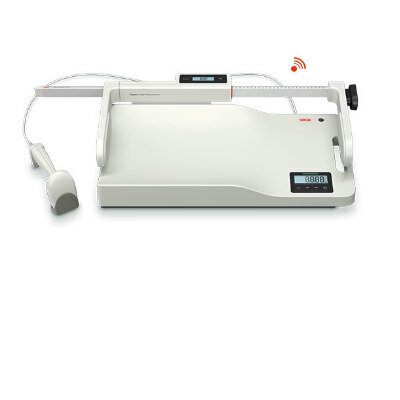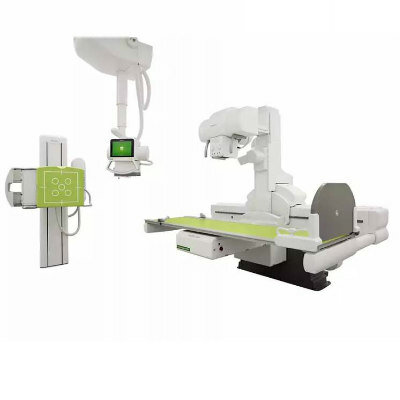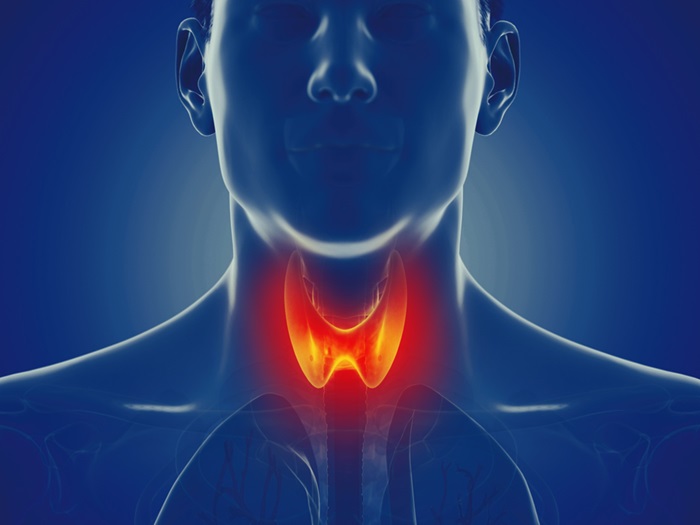New Heart Attack Warning Sign Discovered
By HospiMedica International staff writers
Posted on 19 Jan 2011
A new study has found that elevated blood levels of the cleaved p17 fragment of the caspase-3 peptide (p17)--the end effector caspase for apoptosis--can serve as a predictor of acute myocardial infarct (AMI).Posted on 19 Jan 2011
Researchers at the University of Connecticut (Storrs, USA) studied 27 consecutive patients undergoing primary percutaneous coronary intervention (PCI) for acute ST-segment elevation myocardial infarction (STEMI) with a door-to-balloon time of less than 90 minutes, between December 2007 and January 2010. The researchers measured p17 levels at least twice 8 hours apart during the initial 24 hours, and the peak level was determined as the higher of the AMI values. Cardiac troponin I (cTnI) and creatine kinase (CK) levels were determined every 8 hours for 24 to 36 hours, with the 99th percentile value as the upper limit.
The researchers found that peak serum p17 peptide level during AMI was higher than the late post-MI serum level in 21 subjects in whom samples were available during both phases. Compared with healthy subjects, the peak AMI p17 level was nearly 4-fold higher than that in healthy subjects; the late post-MI p17 peptide level was also higher than that of healthy subjects, consistent with persistent apoptosis after AMI. In all subjects, the peak p17 peptide level occurred after PCI and was positively correlated with the peak cTnI and and peak CK levels. The researchers suggest that rise and fall of p17 peptide and its correlation with peak cTnI and CK suggest that serum p17 likely came from injured myocardium. The study was published in the January 11, 2011, issue of the Journal of the American College of Cardiology.
"We've discovered a new biomarker for heart attack, and showed that apoptosis, or a particular kind of cell death, is a cause of heart muscle damage,” said lead author Bruce Liang. "The ability to see a heart attack coming with a simple blood test and to develop new therapies to block apoptosis would enable us to get a head start on treatment and preserve crucial heart muscle and cardiac function.”
Related Links:
University of Connecticut











_1.jpg)

